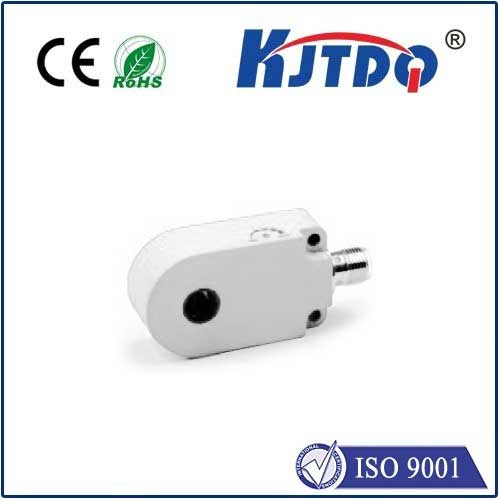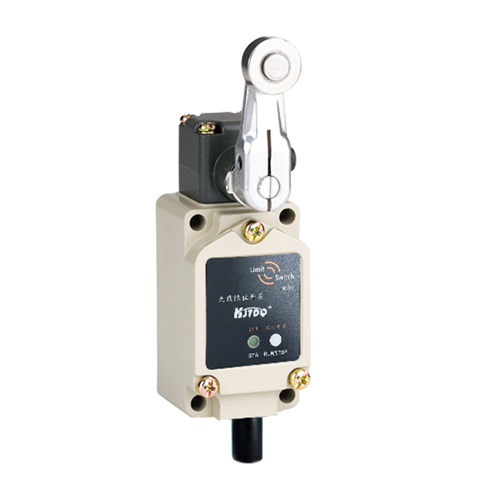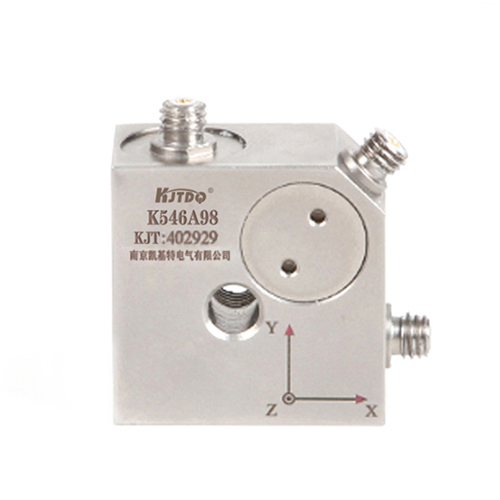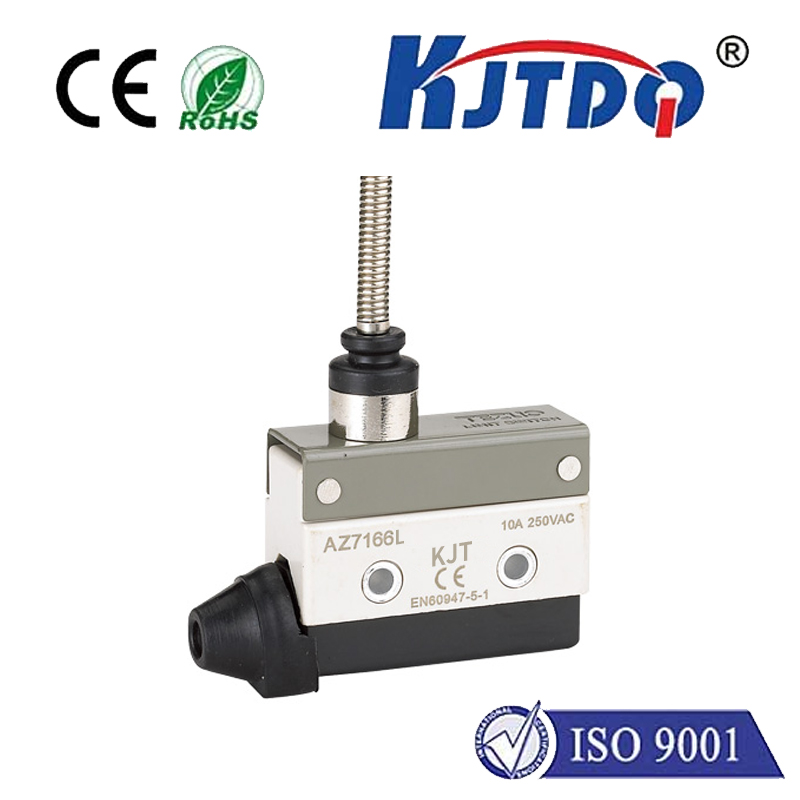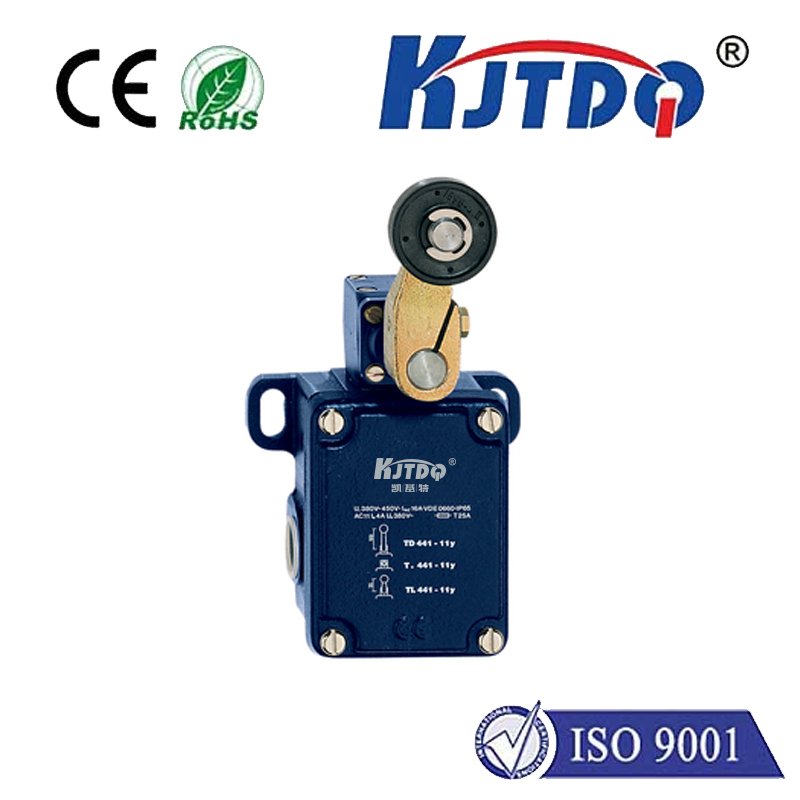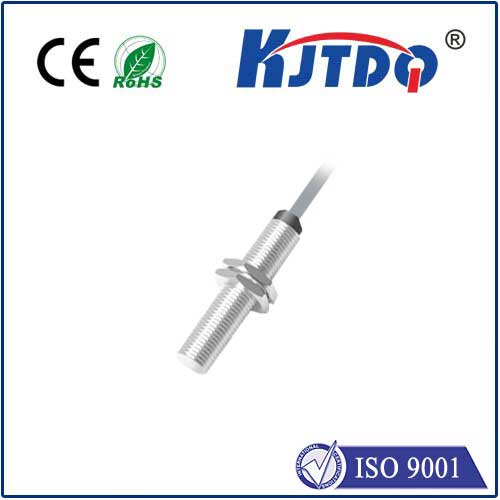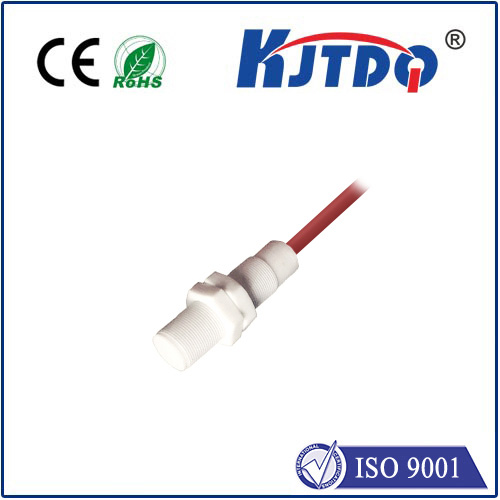

check

check

check

check

check

check

check

check

check

check
Introduction
The advent of technology has brought about numerous innovations that have revolutionized the way we interact with our devices. Among these, the proximity button stands out as a game changer, particularly in smartphones. This small button, which is often overlooked, can significantly enhance the user experience when used correctly. In this article, we will delve into what the proximity button is, how it works, and its various applications in modern technology.
Understanding the Proximity Button
The proximity button, also known as the touch button, is a feature found on most smartphones that enables users to interact with their device without having to physically press a key. When activated by a finger or a tool within a certain distance, it can perform a variety of functions such as locking the phone, launching apps, taking photos, and even making voice calls. This feature was first introduced in the iPhone and has since been adopted by many other smartphone manufacturers.
Utilizing the Proximity Button
The proximity button can be a powerful tool for enhancing productivity and efficiency when used correctly. For instance, you can use it to quickly lock your phone when leaving it unattended, ensuring that sensitive information remains secure. You can also use it to launch apps or access settings without having to search through menus. This not only saves time but also improves the user experience. Additionally, some smartphones have features that utilize the proximity button in creative ways, such as allowing users to control music playback or navigate through menus using gestures triggered by the proximity button.
Proximity Button Applications
The applications of the proximity button are vast and varied. In the business world, for instance, it can be used to control access to sensitive documents or equipment by requiring employees to activate the proximity button before accessing them. In education, it can be used to lock students' devices after class or during breaks to prevent unauthorized usage. In healthcare, it can be used to remotely control medical devices or monitor patients' vital signs. Furthermore, some newer smartphones even have features that utilize the proximity button to detect when a user is about to drop their phone, providing an automatic safeguard against damage.
Conclusion
In conclusion, the proximity button is a feature that, when utilized correctly, can greatly improve the user experience of modern technology. Its versatility and ease of use make it a valuable tool for businesses, educators, healthcare professionals, and everyday users alike. As technology continues to evolve, it will be interesting to see how this little button evolves and adapts to meet new challenges and opportunities.
